Contact
Write to Us And We Would Be Happy to Advise You.
Do you have any questions, or would you like to speak directly with a representative?
By hqt
Elastomer keypads and membrane switches are both types of input devices commonly used in electronic devices and control panels. While they have similarities, there are also distinct differences between the two. In this article, we will discuss the relationship between elastomer keypads and membrane switches, and the benefits and drawbacks of each.
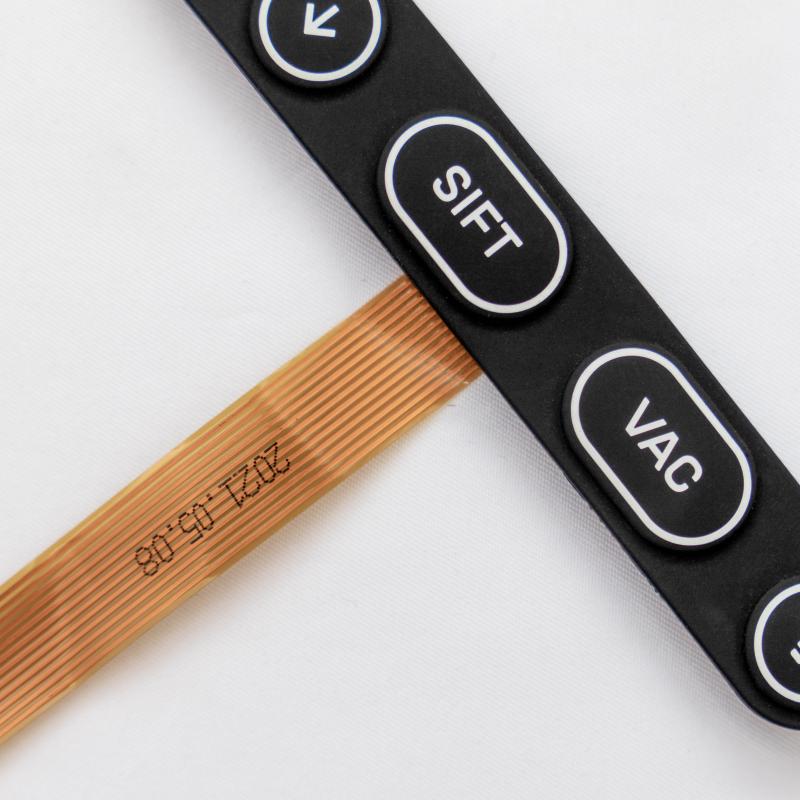
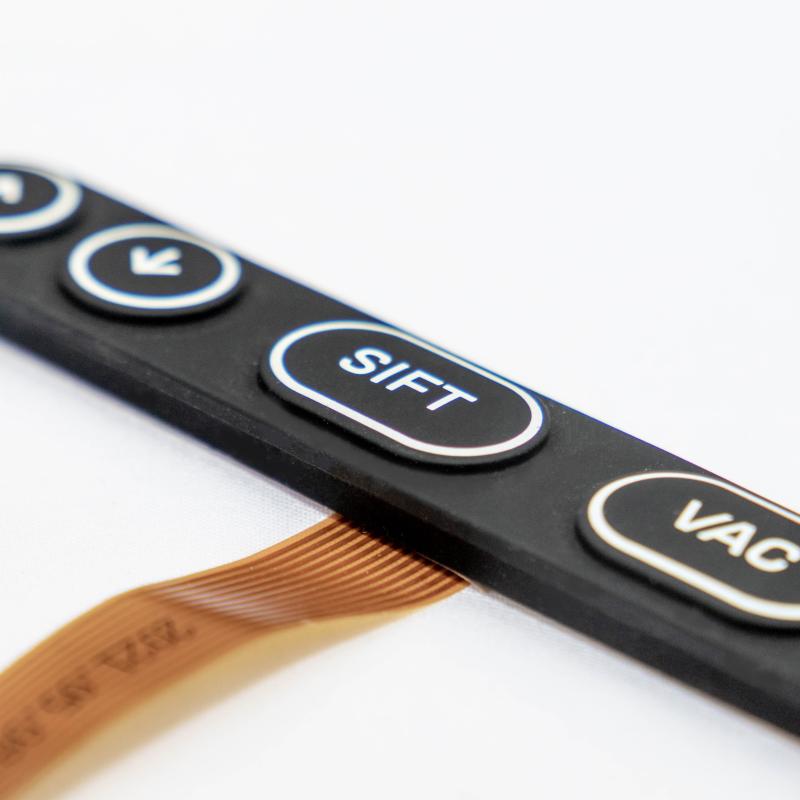
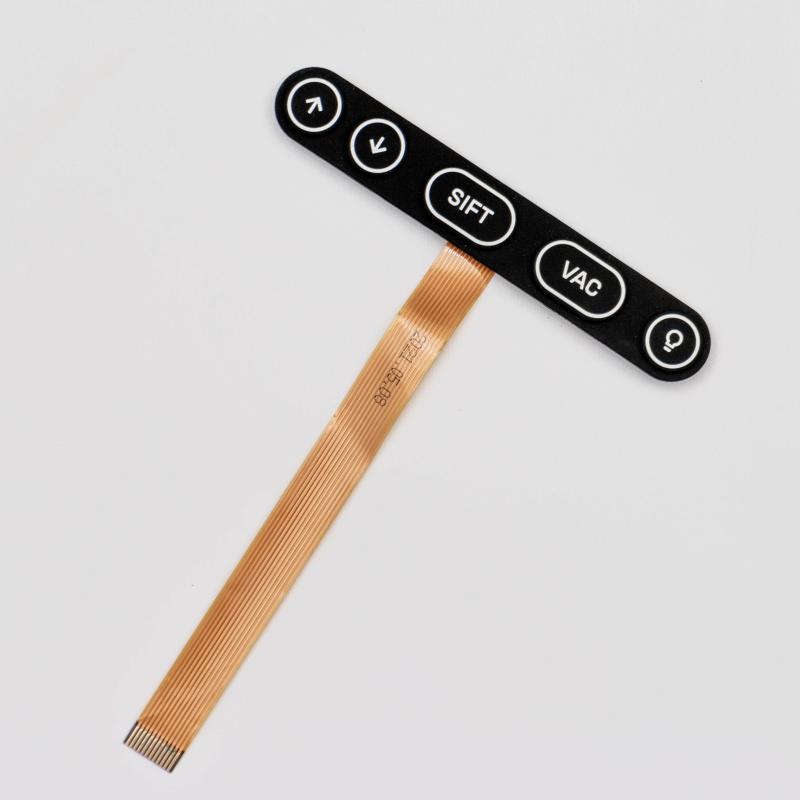
Elastomer keypads are input devices made of a soft, flexible material, typically silicone, that can be molded into various shapes and sizes. The buttons on an elastomer keypad are typically actuated by pressing down on the keypad surface, which compresses the underlying switch. This compression creates a connection that sends a signal to the electronic device, indicating that a button has been pressed.
Elastomer keypads are commonly used in applications where durability, grip, and tactile feedback are important. The soft, flexible material provides a comfortable and secure grip, while the actuation force and tactile feedback can be customized to meet the specific needs of the application. Additionally, elastomer keypads can be designed to be waterproof, dust-proof, and resistant to harsh environments, making them a good choice for outdoor or industrial applications.
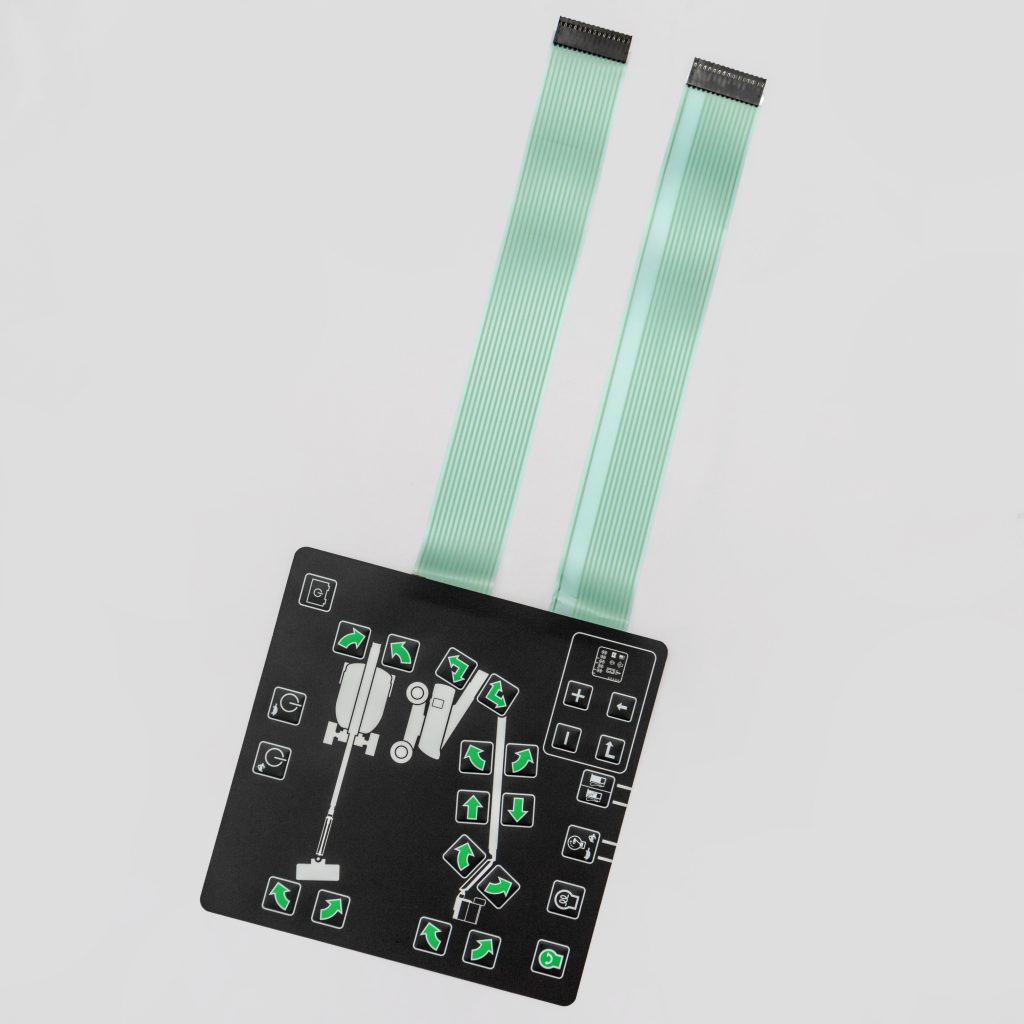
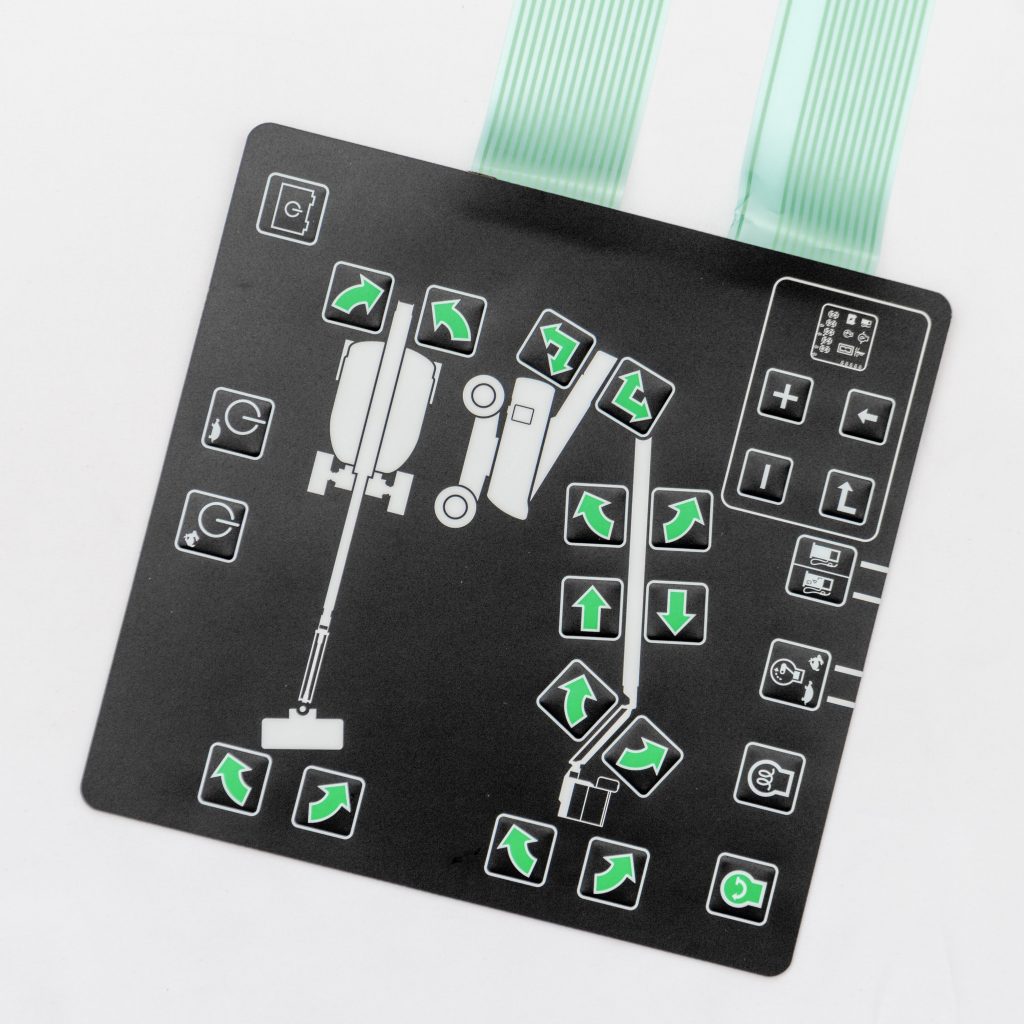
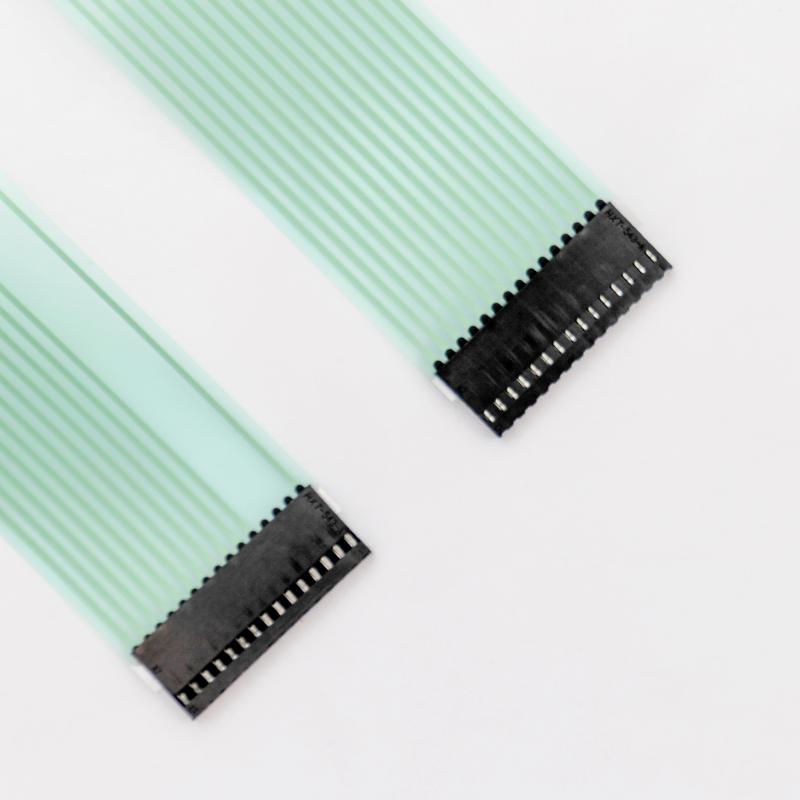
Membrane switches are input devices made of a flexible, insulating material that is sandwiched between a top layer and a bottom layer. The top layer typically contains the buttons and graphics, while the bottom layer contains the switch contacts. When a button is pressed, it compresses the insulating material, creating a connection between the switch contacts, which sends a signal to the electronic device.
Membrane switches are commonly used in applications where cost, space, and ease of manufacturing are important. Membrane switches are typically less expensive than other types of input devices, and they can be manufactured quickly and easily in large quantities. Additionally, membrane switches are thin and flexible, making them a good choice for applications where space is limited.
Elastomer keypads and membrane switches are both types of input devices that can be used to control electronic devices. However, there are distinct differences between the two. Elastomer keypads are typically more durable and offer better tactile feedback, while membrane switches are typically less expensive and more compact.
In many cases, the choice between an elastomer keypad and a membrane switch will depend on the specific needs of the application. For applications where durability, grip, and tactile feedback are important, an elastomer keypad may be the better choice. For applications where cost, space, and ease of manufacturing are important, a membrane switch may be the better choice.
Elastomer keypads and membrane switches are both types of input devices that have their own benefits and drawbacks. The choice between the two will depend on the specific needs of the application, including durability, grip, tactile feedback, cost, space, and ease of manufacturing. Understanding the relationship between elastomer keypads and membrane switches can help you make an informed decision about the best input device for your application.
Do you have any questions, or would you like to speak directly with a representative?